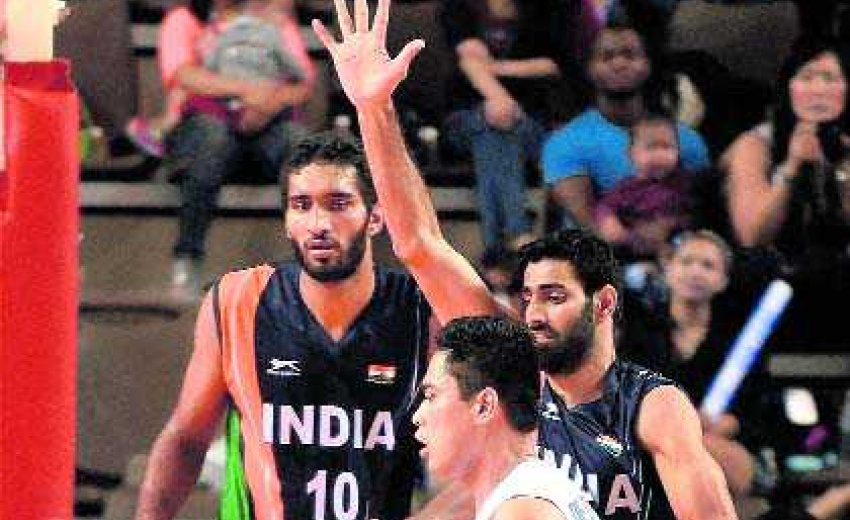The International Basketball Federation (FIBA) issued a landmark ruling allowing Sikh players to compete in league games without jeopardizing their religious beliefs. The decision, which reverses their previous stance and lifts FIBA's restriction on turbans and other religious headwear, allows for the wearing of turbans on basketball courts. This regulation became effective in October 2017.
According to FIBA, headgear was banned in the sport earlier for "safety reasons" since it might catch someone's limbs if one of the headgears comes off. Sikh players on the Indian team were not allowed to wear turbans during the 2014 Asia Cup in Wuhan. Star players Amritpal Singh and Amjyot Singh had to take off their turbans before playing against Japan. They had previously competed in a number of FIBA competitions, and this problem had never occurred. The no-headgear rule was nevertheless implemented by Wuhan's organizers.
FIBA relied on Rule 4.4.2 of the Official Basketball Rules 2014, as approved by the FIBA Central Board, to outlaw the use of turbans on the ground that the rule explicitly states that the use of “headgear, hair accessories, and jewelry” is not permitted, BFI said. The decision evoked a strong public reaction across the world, and gathered speed on social media, as #LetSikhsPlay and #FIBAAllowHijab began to trend. Several change.org petitions calling for a rule change garnered hundreds of thousands of signatures.
The FIBA began the process of changing its headgear rule in September 2014 itself because of the commotion and complaints it had received. Also, it commissioned a report regarding the impact of exceptions to this rule. A modification to the rule was made based on the findings of this report. According to a FIBA press statement, "after initiating a revision process in September 2014 of the headgear rule (Article 4.4.2), a report on the impact of the exceptions applied on a domestic level was received." In favor of modifying the rule, the Board mandated the Technical Commission to present a proposal that would allow athletes to wear headgear safely. The changed and modified rule was presented to the masses in the month of May.
FIBA's move has been hailed by two US lawmakers who have spoken against this rule in the past. A joint statement from Joe Crowley and Ami Bera said they were delighted that the (FIBA) board endorsed a change that, if adopted, would allow Sikhs and other athletes with articles of faith to play.
The use of turbans or religious headgear poses no threat to players therefore this was an outdated and discriminatory policy by FIBA which absolutely required to change. The change in this rule by FIBA is not only appreciated by the Sikh athletes it is in general appreciated and celebrated by the Sikh community. A change in this rule will bring a positive impact on the minds of the athletes who carry or wear religious faith symbols with them. It allows athletes across the world to pursue their dreams without compromising their faith.”
Simran Jeet Singh, Sikh Coalition senior religion fellow, said “FIBA is sending a very clear message to the rest of the world that diversity and tolerance matter in sport. If implemented appropriately, ending this discriminatory policy opens the door for millions of young people to practice their faith and pursue their dreams. Nobody should ever be forced to choose between their sport and their faith.”
FIBA did lay down some guidelines governing the headgear, to “minimize the risk of injuries as well as preserve consistency of the color of the uniform.” The provisions allow for the religious headgear to be permitted when it is black or white, or of the same dominant color as that of the uniform; it must be one color for all players on the team (as all accessories); it does not cover any part of the face entirely or partially; it is not dangerous to the player wearing it and/or to other players; it has no opening/closing elements around the face and/or neck, and it has no parts extruding from its surface.
